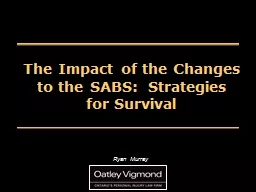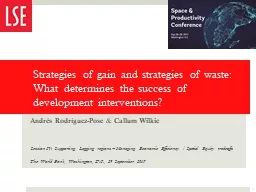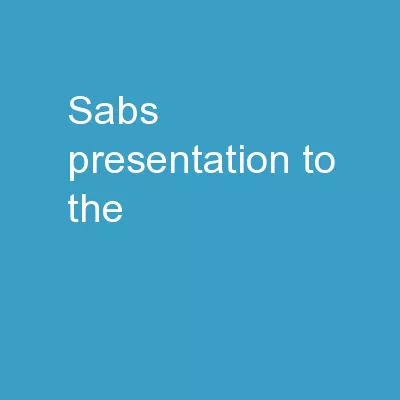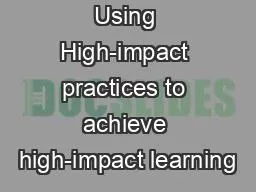PPT-The Impact of the Changes to the SABS: Strategies for
Author : jezebelfox | Published Date : 2020-06-17
Survival Ryan Murray All accident benefit changes effective June 1 2016 Ontario Regulation 25115 released August 27 2015 Reduction in total benefits for noncatastrophic
Presentation Embed Code
Download Presentation
Download Presentation The PPT/PDF document "The Impact of the Changes to the SABS: ..." is the property of its rightful owner. Permission is granted to download and print the materials on this website for personal, non-commercial use only, and to display it on your personal computer provided you do not modify the materials and that you retain all copyright notices contained in the materials. By downloading content from our website, you accept the terms of this agreement.
The Impact of the Changes to the SABS: Strategies for: Transcript
Download Rules Of Document
"The Impact of the Changes to the SABS: Strategies for"The content belongs to its owner. You may download and print it for personal use, without modification, and keep all copyright notices. By downloading, you agree to these terms.
Related Documents














